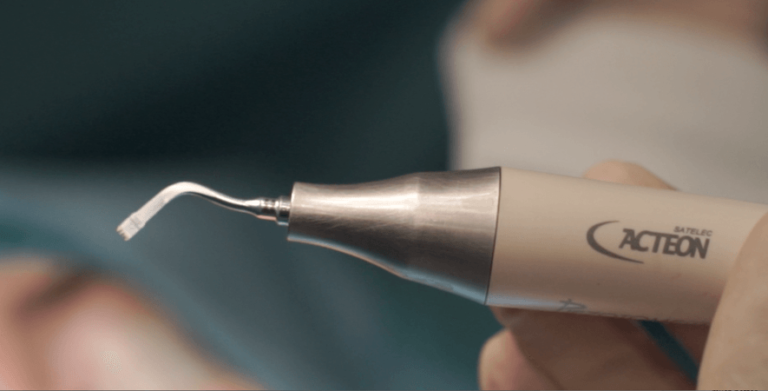Ultrasonic Rhinoplasty. All you need to know

Ultrasonic rhinoplasty, also called ultrasonic nose job or Piezotome, is a revolutionary and less invasive form of nose surgery that can reduce the size and reshape the nose with minimal risk compared to traditional rhinoplasty
During a conventional rhinoplasty, surgeons manipulate nasal bone and cartilage using tools like rasps and chisels, which can cause damage to the nasal structure and surrounding tissue, leading to increased bruising, swelling, and post-operative discomfort that may negatively impact the final cosmetic outcome.
In 2004, Dr. Massimo Robiony introduced ultrasonic nose job or piezoelectric inserts (PEI), which use high-speed sound waves to vibrate tiny cutting and shaving tip inserts. By avoiding damage to surrounding soft tissue, this technology enables surgeons to reshape the nose with incredible accuracy, achieving the desired cosmetic outcome while minimizing trauma and discomfort.
This innovative approach is a game-changer for patients seeking a more refined and proportionate nose. The use of piezoelectric inserts (PEI) is highly selective, capable of targeting bones and hard cartilage while avoiding harm to soft tissues such as skin and delicate cartilage. According to a recent study, the technology has been improved and its applications for rhinoplasty have been expanded, especially through the use of an ” ultrasonic bone aspirator (UBA)”.
The theory behind this innovative technique is that by reducing surrounding trauma, there will be less surgical bleeding, bruising, swelling, and pain from a rhinoplasty procedure. Additionally, it should result in a more accurate cosmetic outcome, leading to less need for revision surgery.
However, the device can only be used in open rhinoplasty procedures that require external skin incisions. Despite these differences, the ultrasonic technique has the potential to revolutionize rhinoplasty by providing a safer and more effective approach to the procedure.




